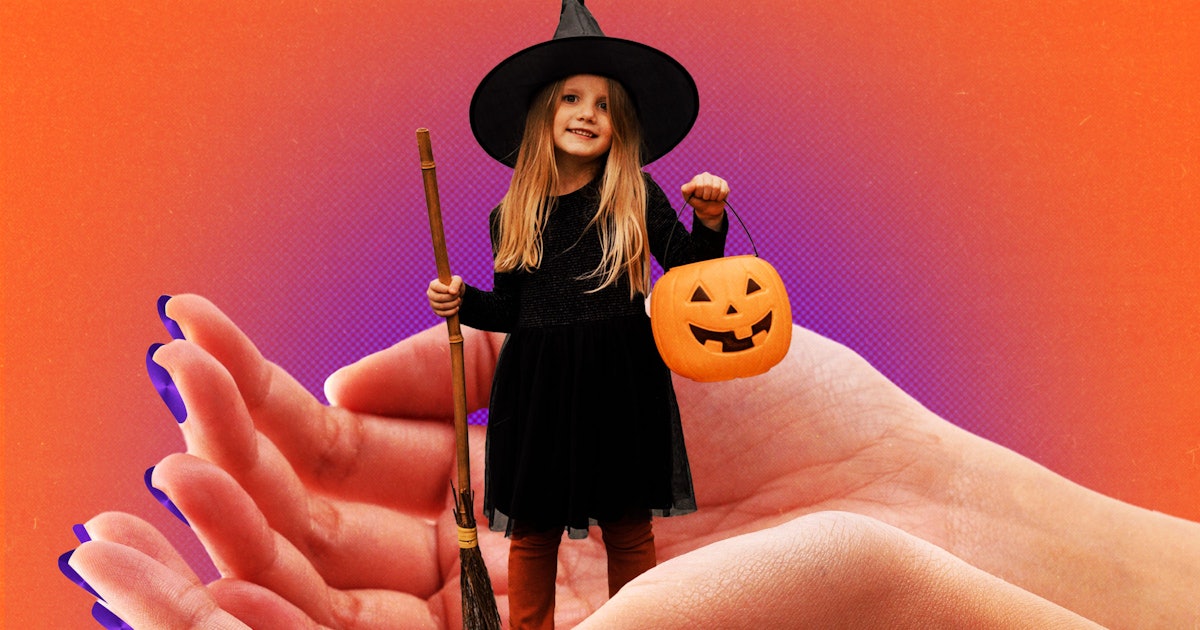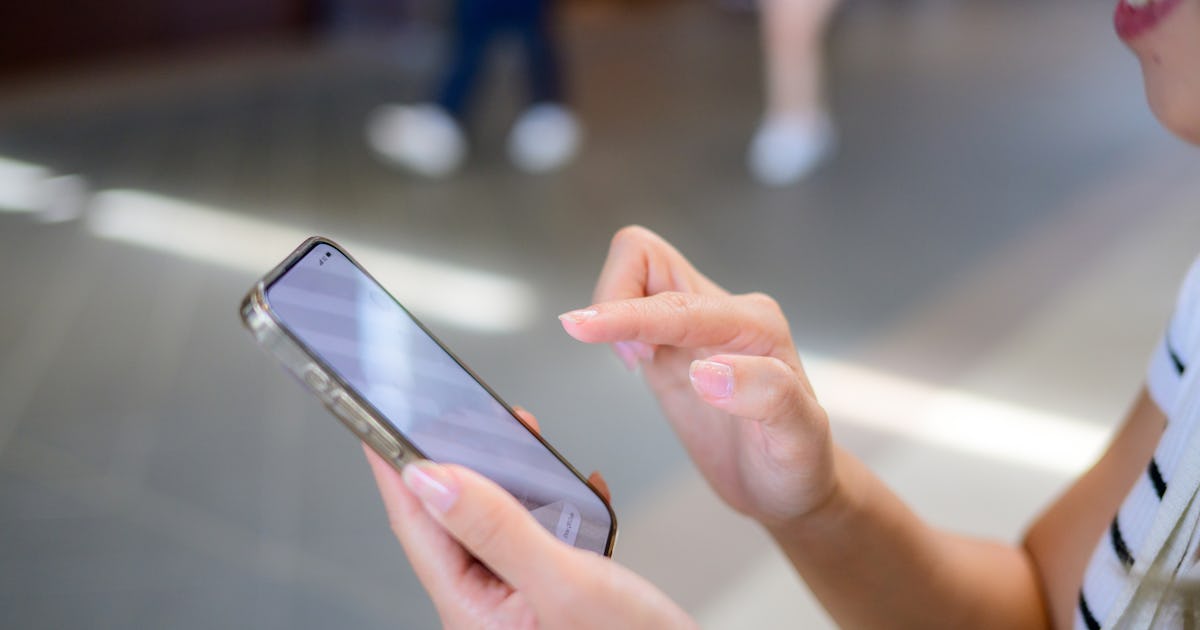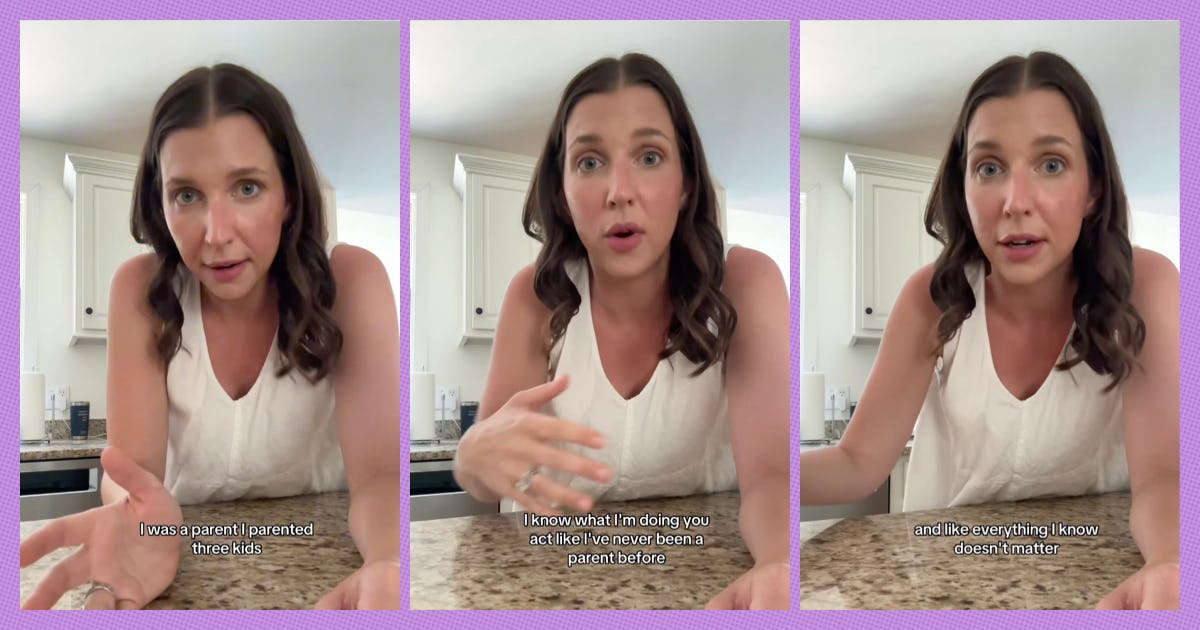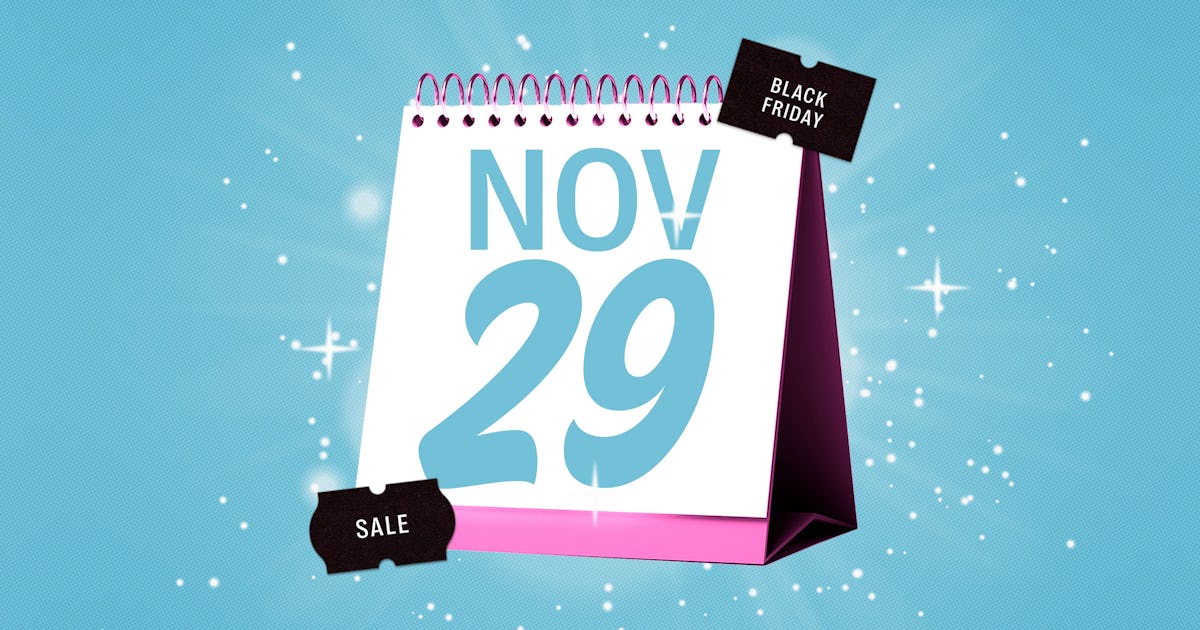Halloween is essentially a night of chaos and candy. As it stands, it is not fully inclusive for those of us on the autism spectrum. With Halloween (if you can believe it) right around the corner, it’s important to create a more neurodivergent inclusive night. Before we get into the “how” of doing this, it seems necessary to address the “why?” when it comes to creating a neurodivergent-inclusive Halloween. As an autistic mother, I crave explanation and clarity. I want to know why I need to do something in order to emotionally connect with the cause or request.
So let’s break down why it matters.
25% of the world’s population is neurodivergent and suffers from invisible disabilities. Think autism, ADHD, post-traumatic stress disorder, and acquired neurological diagnoses like stroke, Parkinson’s disease, and dementia. On any given day, one in four people we interact with may be neurodivergent (i.e., have an invisible disability). Now think about all the humans that Halloween night typically comes into contact with – at least a quarter of Bruce must be neurodivergent.
In any given Halloween setting, this guarantees you’ll be interacting with someone with an invisible disability. As a mom who knows how important it is to create magical memories for her family, and who has been overwhelmed by Pinterest attention a time or two, I ask that you take a moment this Halloween to be intentional about maintaining magical memories for all of you. Why? Because it’s a kind and inclusive thing to do. Don’t be a jerk. Why? Because mothers of children with autism or fathers of teenagers with ADHD also love their children deeply. It’s not just about your child’s experience of that terrible night. Why? Because it really doesn’t require that much work.
Now comes the “how”.
Eliminate expectations. From greetings and eye contact to even dressing up, don’t have any expectations. Halloween can be a night of sensory overload, with glowing lights, potential smoke machines, the smell of cider, and crowds of people. Now imagine being neurodivergent, these senses are amplified, and the brain processes so much information at once that being able to even come close to something like Halloween night is almost miraculous. And the clothes? Some will be decked out in the most epic outfits from head to toe, and some will be decked out in everyday outfits. Some are small children and some are tall elderly people. Neurodivergence knows no age or height.
When a lot of processing occurs within the brain, this can lead to differences in communication. While you might say, “Happy Halloween! How was your night?” Others might respond with the exact phrase you said, or perhaps use Lightning McQueen’s famous “ka-chow!” ” in response. The key is to let them communicate on their own terms and find ways to connect with them to validate the communication.
Some don’t speak. They are communicators who speak little or little. They use another method of communication, such as a picture card or an app or device that allows them to plan a more specific message. Allow them to generate their own messages by giving them more time to communicate. Talk to them directly, as verbal or non-verbal communication is not an indicator of intelligence and ability to process information.
Just advertiset. Don’t worry about the blue pumpkin because it’s just for autism, but consider it a sign that you are an inclusive family that loves and appreciates all people across the spectrum. A global symbol is the rainbow infinity symbol or the city of culture symbol that encompasses all neurodivergences. With a quick Google search, you can easily draw these symbols on your pumpkin. Be sure to place the pumpkin somewhere slightly elevated—such as on a plant stand—so everyone can easily see it.
Feelingsensesthinking! As mentioned previously, many neurodivergent children and adults face sensory processing challenges and demands. Choose from different textures in your pot – crunchy and soft – and consider using non-candy items like scratch-off stickers, fidgets and glow sticks. Remember when I mentioned that adults can be neurodivergent too? Be sure not to have expectations about what you choose and who you choose.
When everything else seems impossible or difficult to remember, more important than any other conscious practice is making sure to treat each trick-or-treater and their friends and family as human beings. Beyond the literal masks and sheets, trick-or-treaters are a human being, regardless of their nervous system. Giving everyone warmth, respect, and kindness is the best practice for the night. Prosperity! That’s it, there you have it. Or should I say “Boo-m”!
I am the Rebbe is a mother, children’s author of the My Brother Otto series, and autistic living in Salt Lake City, where you can find her as a speech-language pathologist and friend working with neurodivergent children and Work, or write and plan big things at the second booth at a local coffee shop while sipping an Americano overlooking the Wasatch Mountains. Meg believes that the essence of life is understanding, loving, and welcoming others (that is, caring for humans).




